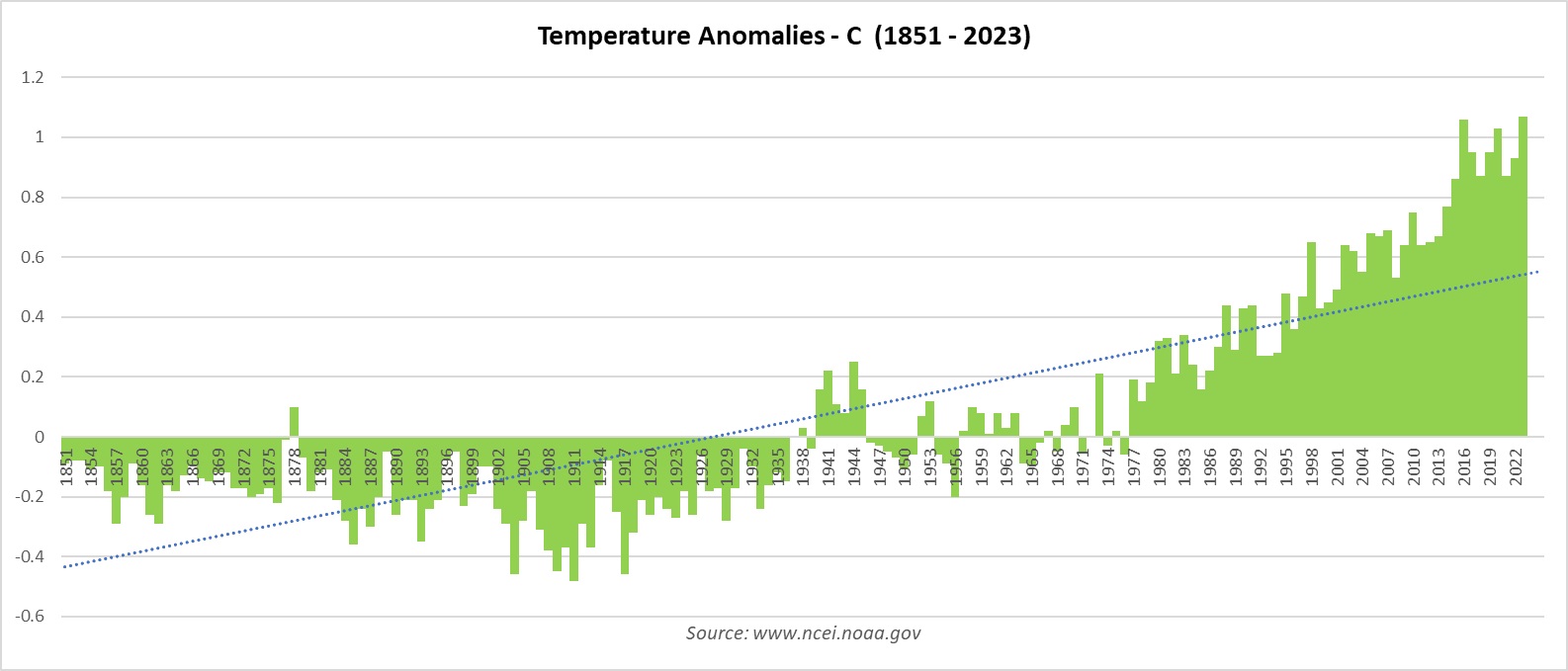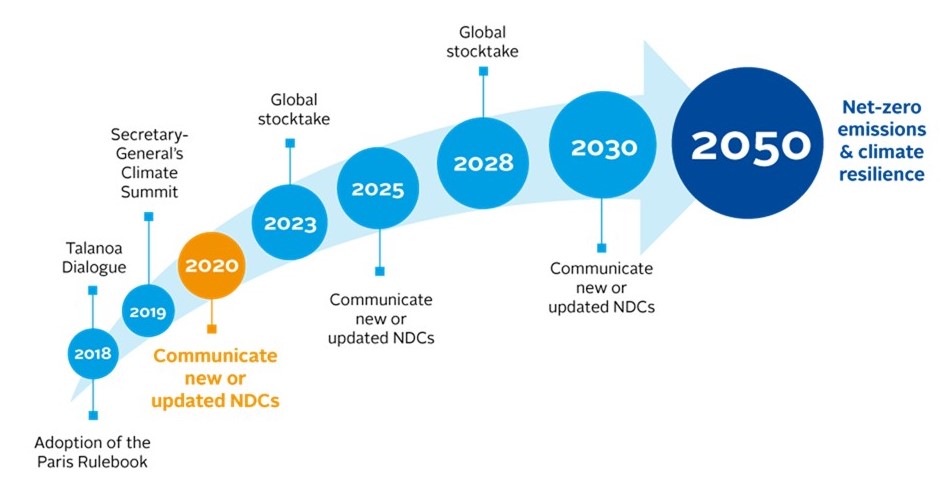Strategies &
Implementations
How carbon emissions reduction
maximizes business growth.
Axosomatic Featured Insight
Carbon Emissions Reduction vs Return On Investment
Reducing your carbon emissions not only protects the environment, but it can also maximize your business growth. Our research shows that for every 1 tCO2e emission reduced, an organization could reduce its operational cost by AED 50K per annum, on average.
This insight aims at demonstrating the relationship between limiting carbon emissions,
business growth and return on investment.
"GHG emissions blanket the earth and cause global warming and climate change. The world is now warming faster than in any point in history. This poses a risk to all kind of life on earth". UN
It is observed that the planet temperature anomalies are continuously increasing since 1977 and the trend is to continue rising if we don't act and limit the GHG emissions.

- Climate Change: Greenhouse gases trap heat in the Earth's atmosphere, leading to an increase in average surface temperatures. This warming contributes to changes in weather patterns, rising sea levels, and more frequent and severe extreme weather events.
- Sea Level Rise: Increased global temperatures lead to the melting of glaciers and polar ice caps. Additionally, warmer water expands, contributing to rising sea levels. Sea level rise poses a threat to coastal ecosystems, communities, and infrastructure.
- Extreme Weather Events: The increase in global temperatures contributes to more frequent and intense extreme weather events, including heatwaves, hurricanes, floods, droughts, and wildfires. These events can have devastating impacts on ecosystems, agriculture, and human communities.
- Ocean Acidification: Oceans act as a sink for carbon dioxide (CO2). As the concentration of CO2 in the atmosphere increases, oceans absorb more CO2. This process leads to ocean acidification, which can harm marine life, particularly organisms with calcium carbonate shells or skeletons.

GHG emissions reporting is grouped in 3 scopes: 1, 2, and 3. When an organization fully complies with GHG emissions report, business growth ensues.

Most businesses are service providers, whose clients, among other, are schools and universities. With this in mind, the question becomes: How Carbon Emissions Reduction Maximizes Business Growth of service providers, schools, and universities in the UAE?
For schools and universities, business growth means more students, and this will happen when the organization has better standing in terms of accreditation and education quality. When schools and universities incorporate sustainability issues in their curriculum and activities, their ranking will improve.
But competitive organizations go further. They develop plans to reduce their carbon footprint to demonstrate further commitment to sustainability and environmental responsibility.
Assessment of carbon emissions and development of reduction strategies and implementations lead to operational efficiency and cost reduction, energy efficiency, enhanced education rankings, nationally and internationally, which will lead to increase in student enrollment and retention. Of course, there are other metrics that the educational organizations must enhance, simultaneously, for the business growth to happen.
For the service providers, limiting their carbon footprint will lead to the same benefits mentioned above. The business growth ensues when the provider fully complies with the GHG Standard. Not doing so, will force the educational organization to establish a business relationship with a provider that complies with GHG Standard and have implemented a plan to reduce the scope 1 and scope 3 emissions.
The Return on Investment
At Axosomatic, we help our clients reduce their carbon footprint and operational cost. For every one metric ton of CO2e reduced, our clients save between AED65 and AED110 per month. The annual monetary saving ranges between AED55,000 and AED1.3 million.

